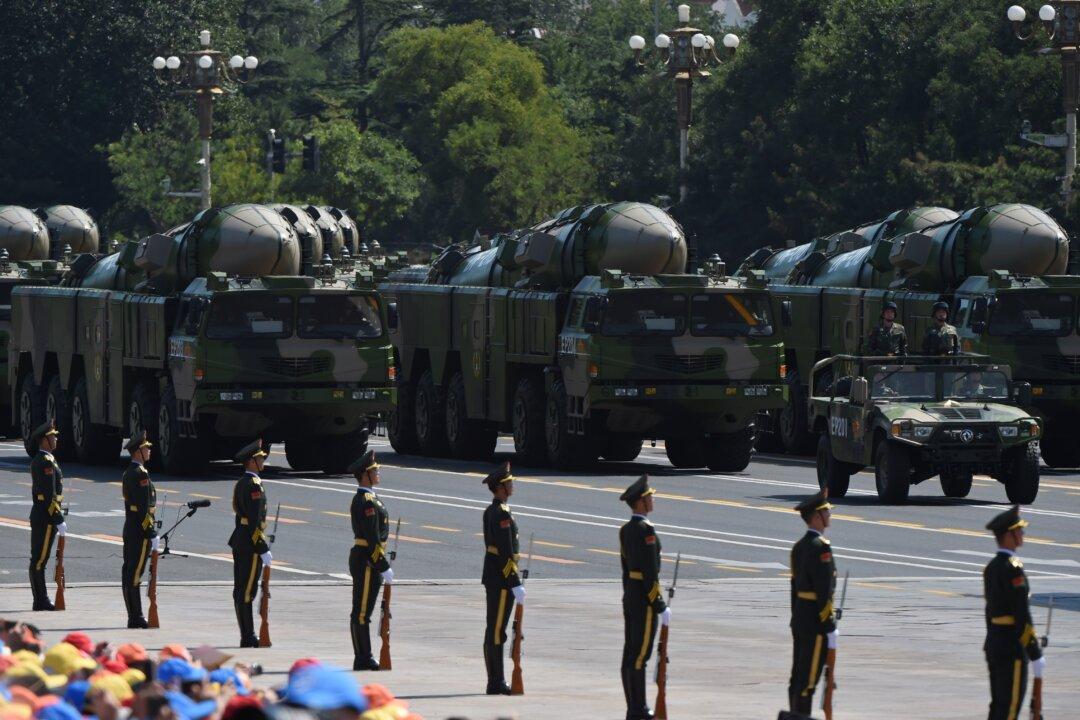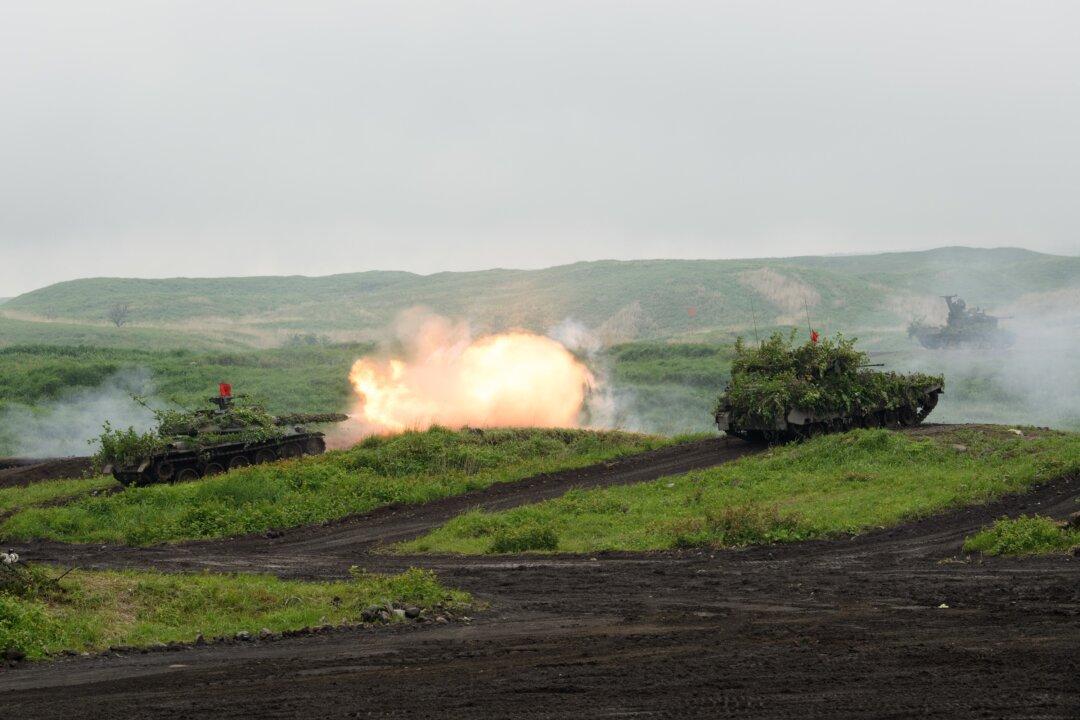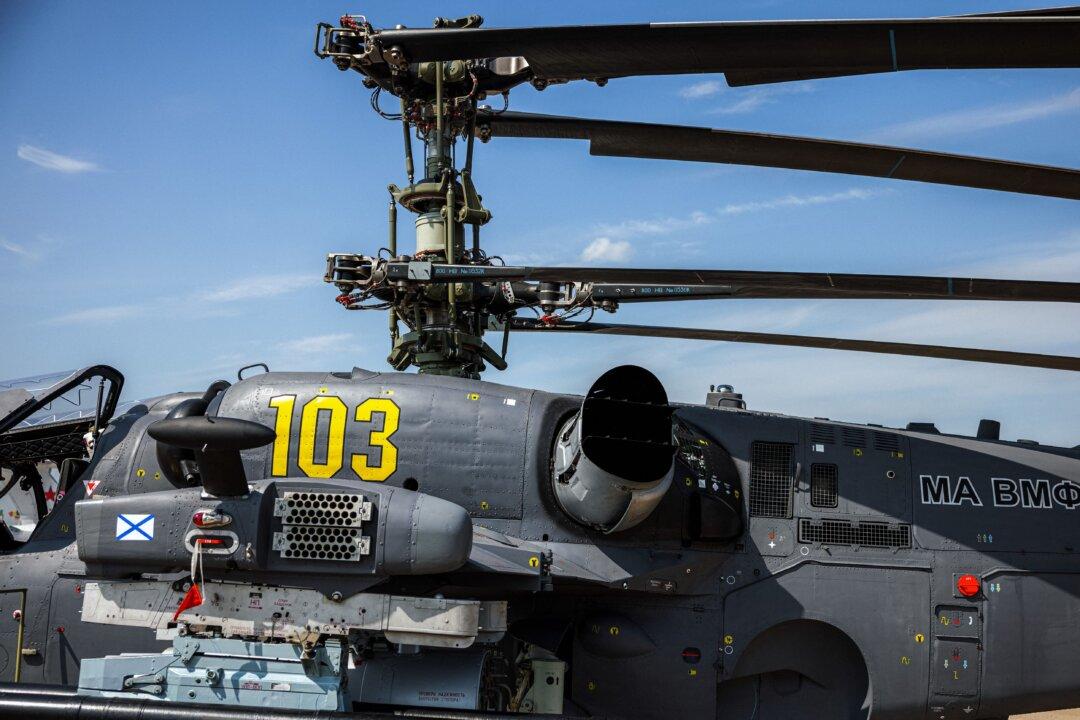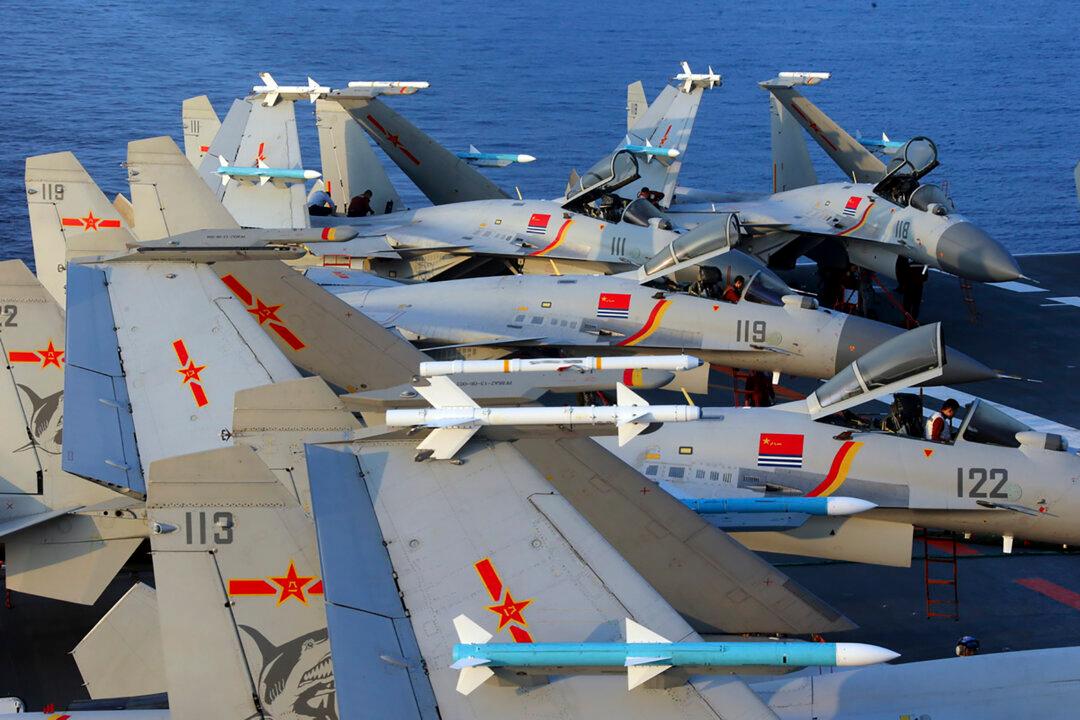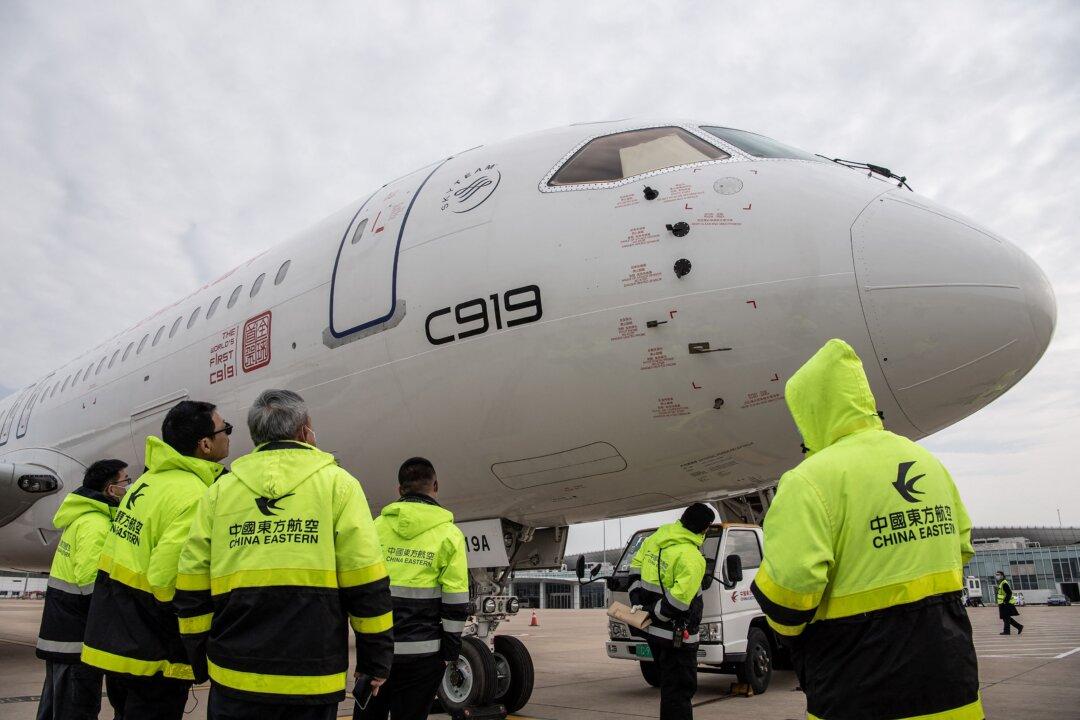Commentary
In recent years, Beijing has spent billions of dollars adding to its nuclear arsenal—not just more nuclear bombs and warheads but also new missiles, transporters, silos, submarines, and bombers. But what’s behind this buildup of China’s nuclear forces in terms of nuclear strategy and geopolitics?
